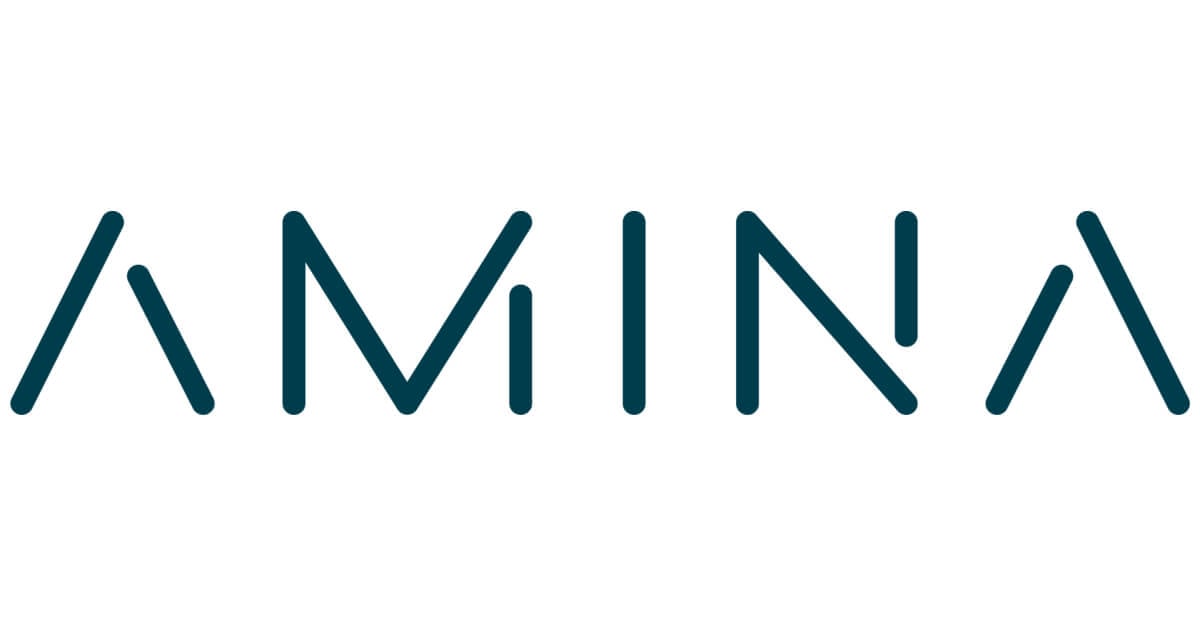Swiss Bank AMINA Links With Tokeny for Compliant Digital Securities


What happened
Swiss crypto bank AMINA Bank AG and Luxembourg tokenization firm Tokeny are partnering to offer a regulated channel for issuing digital securities. The tie-up links AMINA’s banking-grade custody and settlement with Tokeny’s issuance stack based on ERC-3643, a permissioned token standard designed for compliance-aware, identity-verified assets. The firms describe the set-up as a “regulated banking bridge” for real-world assets (RWAs) such as bonds and commercial paper.
The goal is a single platform that handles both primary issuance and qualified custody. Banks hold investor funds and overview accounts within a FINMA-supervised framework, while eligibility and transfer rules on-chain. The companies say this can compress time-to-market for institutional issuers from months to weeks by removing bespoke integrations and reducing manual checks.
Investor Takeaway
Why now for a “banking bridge”?
AMINA—formerly SEBA—operates under FINMA supervision and already provides institutional custody, staking and trading for networks including Sui and Polygon. Tokeny, acquired by Apex Group earlier this year, has become a visible issuance engine in Europe, specializing in compliance-based lifecycle management. Their pitch meets a market that is shifting from proofs-of-concept to scaled workflows, with issuers asking for bank oversight and programmable assets in the identical stack.
The approach positions the partners as infrastructure rather than venue. Secondary trading can occur on regulated platforms, while issuance, investor onboarding, compliance logic and qualified custody sit in one pipeline. That division mirrors how traditional markets separate primary issuance, CSD functions and platform trading, but brings identity and rule-sets onto the ledger.
How does ERC-3643 change the workflow?
ERC-3643 is often described as a compliance layer for ETH. It integrates investor identity via ONCHAINID and applies rule-based transfer controls, allowing only authorized holders to receive or trade a given token. Features include lock-ups, jurisdictional whitelists and corporate-action handling encoded at the contract level. For regulated participants, that reduces reconciliation, narrows key-person dependencies and lowers the chance of settlement breaks tied to eligibility errors.
By contrast, general-purpose ERC-20s lack transfer restrictions and depend on off-chain processes for KYC/AML, suitability and offering limits. Embedding these checks in the asset itself lets banks and transfer agents keep the ledger as the operational source of reality while retaining oversight over client money and account records. As Tokeny put it when announcing the deal, “Permissioned and programmable assets are the missing link between and blockchain.”
Investor Takeaway
Who else is moving and where are the gaps?
The backdrop is busier than a year ago. In Switzerland, SIX Group’s SDX runs a fully regulated venue for digital securities and has tightened integration with core systems. UBS has issued tokenized debt and fund shares via UBS Tokenize. Globally, BlackRock’s on-chain money-market fund “BUIDL” crossed the $1 billion mark, while Euroclear and Banque de France are testing wholesale-CBDC settlement for tokenized assets. U.S. custodians such as BNY Mellon are piloting links between tokenized Treasuries and existing cash-management rails.
AMINA and Tokeny are not trying to be the platform layer. They are offering issuance, custody and compliance that downstream venues can plug into. That still leaves two execution risks. First, the promise to cut timelines must be proven with live transactions—real bond or commercial-paper programs settled with measurable investor flows and post-trade events. Second, interoperability remains a hurdle: permissioned tokens will need clear pathways into regulated trading and settlement venues across Swiss law, MiCA and the EU Prospectus regime.
What’s next
For AMINA, the partnership adds primary-market issuance and post-trade servicing to custody and account banking, creating new fee lines. For Tokeny, it extends the footprint of ERC-3643 and ties issuers, transfer agents and KYC providers to a common standard under the umbrella of Apex Group. Market watchers will look for first deals that list on SDX or comparable platforms and for evidence that corporate-action handling works on-chain without manual overrides.
The broader trend is clear: banks and fintechs are meeting in the middle—qualified custody on one side, programmable assets on the other. Rather than wait for global rule harmonization, they are building operational bridges that bolt onto today’s infrastructure. If this model holds, tokenization can run at bank speed with bank oversight, while enforce the rules investors already accept in traditional markets.







